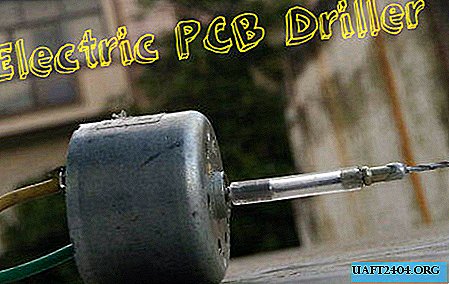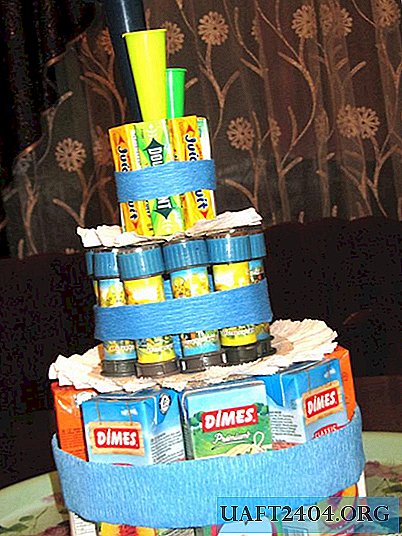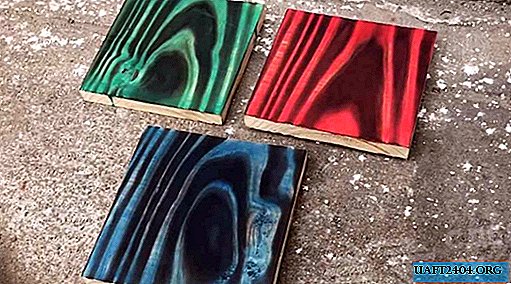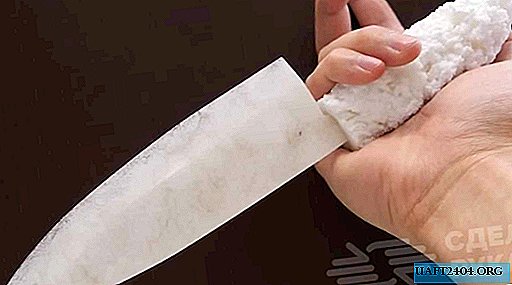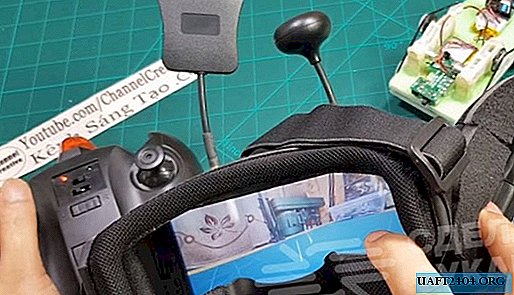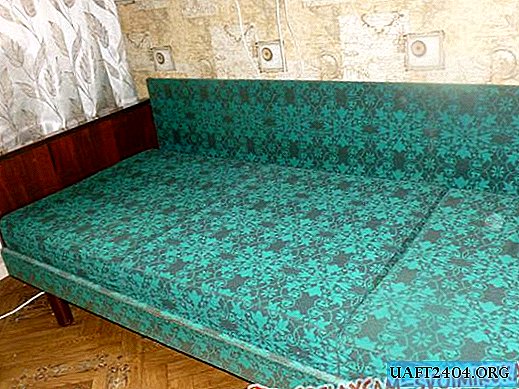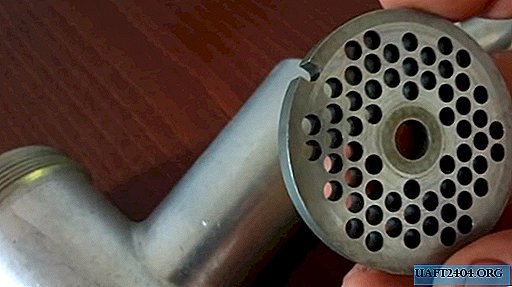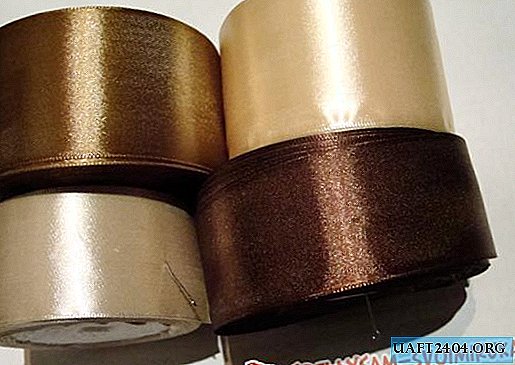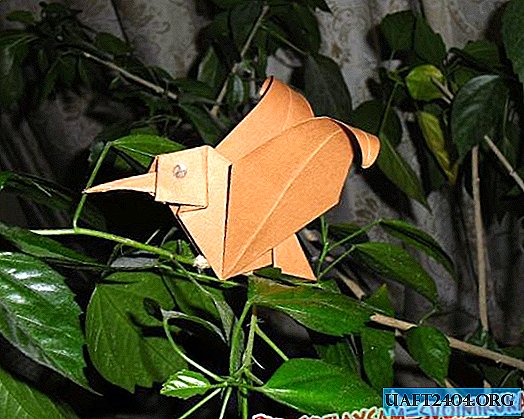Share
Pin
Tweet
Send
Share
Send
1. coconut
2. hacksaw
3. sandpaper
4. putty
5. polymer clay
6. acrylic paints, brushes
7. glue
8. potal or acrylic metallic

Production time: 1-2 days.
Coconut - a suitable material for various crafts. It produces a lot of interesting and utilitarian products: caskets, maracas, handbags, candlesticks and bowls, ethnic musical instruments. This workshop will help to make a box of coconut with the addition of elements from polymer plastic.
Before you begin: It will be easier to make a casket if you draw in advance the desired color and design option on a piece of paper.
Step One - Coconut Preparation
A coconut of the appropriate shape and size is purchased (choose which one you like). The box will be horizontal, so the walnut must be cut along, after drawing a line dividing the lid and the base of the future box.
The whole inside is removed from the coconut, it is dried, then carefully processed with sandpaper, so that the surface becomes smooth. Small cavities and irregularities are filled with putty.


Step two - make the legs
Casket “legs” and “handle” are made of polymer clay. Clay can be purchased at any art stores, and acrylic paints are also sold there. There are many types and colors of plastic, anyone will do. Of the tools, you may need a small knife or any stacks for ceramics or plasticine. We fashion four "legs". They can be in the form of wheels (as in this MK), or small balls, or can be rectangular. We try on the “legs” to the bottom of the casket and slightly press down. This is done to more accurately bond parts in the future.

Step Three - Make a Pen
There is scope for imagination. Options for "pens" are not limited. You can make a “pen” in the form of a sun, a flower, a bird, a wheel, an asterisk ... The choice is yours. For this box, the “handle” is made in the form of a fish. When all the parts are ready, leave them to dry for a day, then skim and burn in the oven at t 150-200 ° C.

Step Four - Connect Parts
After firing, glue the “handle” to the lid, and the “legs” to the bottom of the box. Glue is better to use universal and reliable.

Step Five - Color the Box
The coloring of the finished product is an individual matter. Depending on the image that you created, presenting your future box, the method and style of painting is selected. After coloring, the finished product can be varnished, and if you want to complicate the task, you can do decoupage. For the fish box, a potal sheet was used. It can be completely replaced with acrylic imitating gold.
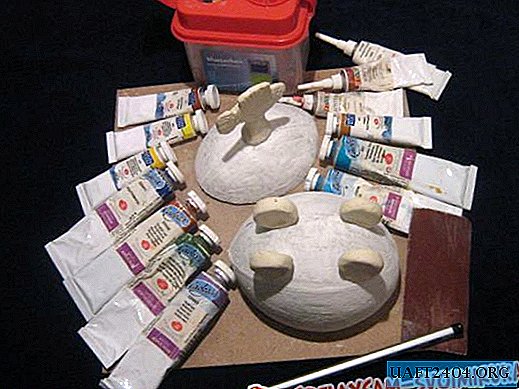

Completion
When everything is dry, the lid with the base can be connected by gluing on each of the halves of a coconut, a piece of leather or strong fabric.
Good luck in your work!

Share
Pin
Tweet
Send
Share
Send

